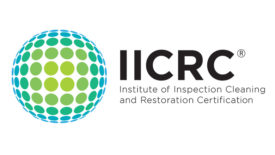Restoration Training/Education
IICRC Standards: What Every Restoration Contractor Should Know
Ask the Expert
March 30, 2022
Responding to Bioterrorism: Are Restoration Professionals Ready?
Ask the Expert
March 22, 2022
Get our new eMagazine delivered to your inbox every month.
Stay in the know on the latest disaster restoration and remediation trends.
SUBSCRIBE TODAY!Copyright ©2022. All Rights Reserved BNP Media.
Design, CMS, Hosting & Web Development :: ePublishing












